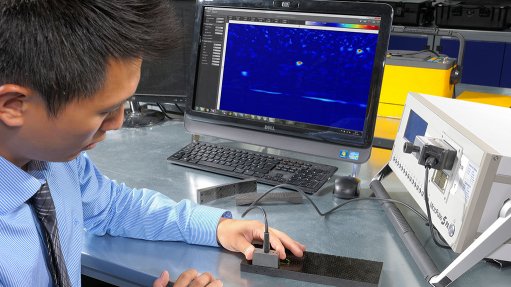
Members of the SAFEhouse association conduct routine testing to ensure compliant products
Ensuring that fully compliant electrical products are used in residential and industry installations is key to protecting the health and safety of the public and the environment against unsafe or hazardous products.
The SAFEhouse association is a nonprofit, industry organisation formed to help curb the number of noncompliant electrotechnical products in the South African market. The organisation has a code of conduct which commits its members to supplying products that comply with the applicable national or international standards and/or compulsory specifications.
Members are strongly advised to implement a number of applicable procedures, including:
- product selection based on manufacturer supplied data
- incoming goods inspections
- verification and/or routine testing
- handling of complaints
- corrective action procedures
The SAFEhouse peer review system aims to ensure continued self-compliance. If nonconforming products are reported, confirmation is sought through partial testing and the member is obliged to take appropriate corrective action.
Verification testing initiated by SAFEhouse is conducted by independent accredited local test laboratories that conduct partial testing.
While many products used in fixed electrical installations are regulated through the requirements of SANS 10142, SAFEhouse asserts that its self-compliance model is an effective regulatory tool that helps to enhance consumer confidence.
The organisation states that the increased focus on self-compliance has arisen as a result of a number of deficiencies it has identified in the legislative framework, implementation agencies, and the regulatory and compliance model. It also highlights the inadequate monitoring, verification and enforcement, or MVE, of compliance across industries, unsustainable costs associated with product testing, and the limited number of certified testing agencies.
SAFEhouse envisages that more companies will follow the self-compliance approach through various industry associations, thereby establishing a more equitable trading environment, where the consumer can rely on product compliance supplied by identifiable industry association members.